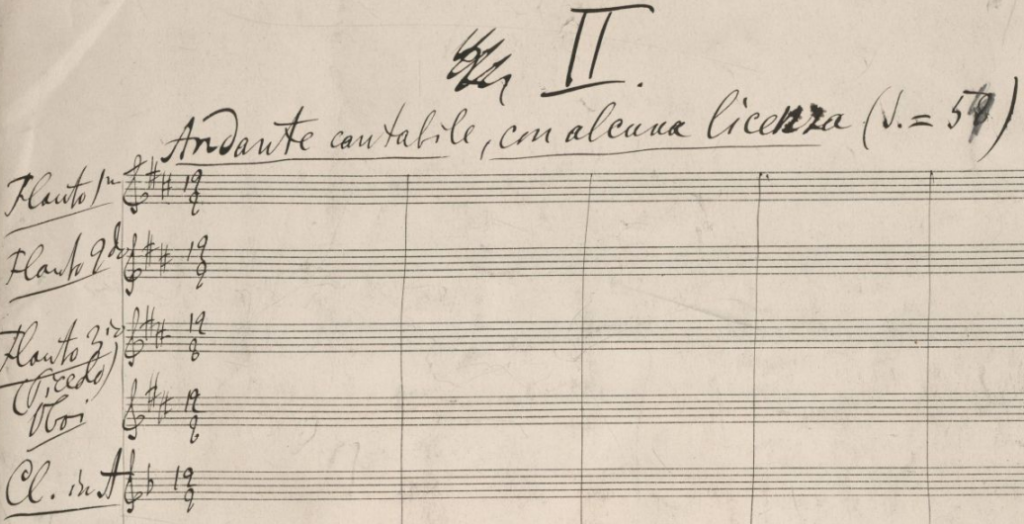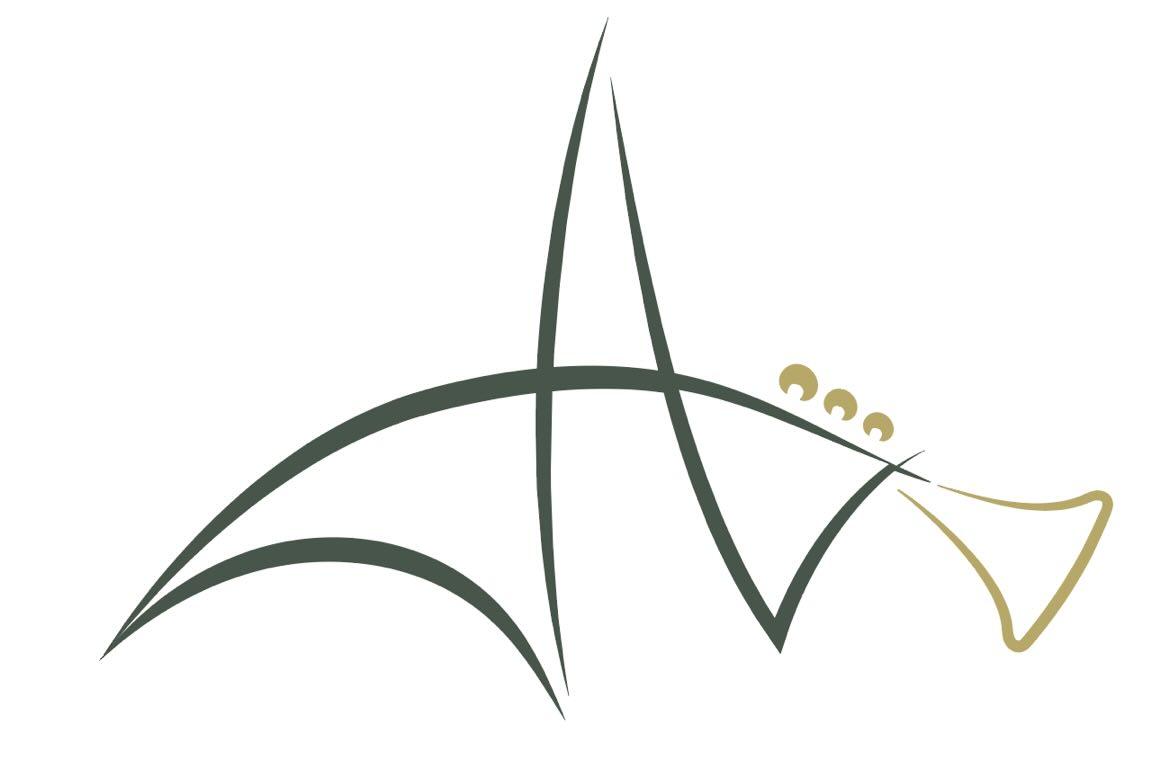It's quite important to respect the "tradition" of classical music playing in our world. When I use the word tradition, it does not refer to performance practice, which to me usually means research on historical evidences and documents to "rebuild" the sound or style composers may heard and asked for in their days. Instead, tradition brings the history (or should I say burden?) of how certain music is being performed by famous musicians, especially musicians who had made a considerable amount of recordings. For example, Herbert von Karajan is a conductor who more or less "decided" how certain piece should be performed. However, it is so often that those traditions is contrary to the written information on sheet music itself, which, in the viewpoint of new generation musicians, who grown up with the idea of Urtext and HIP, Confuse about discrepancies between sheet music and performance traditions.
The above mentioned things are quite obvious in Tchaikovsky's Symphony No. 5. Therefore I would like to write down my observation for this beloved symphony. Despite the fact that this symphony should be seen as a whole, I want to start with 2nd movement, Andante Cantabile. Let's see what we got in the first page:

"Andante Catabile, con alcuna licenza", and with the BPM of 54. In this article I want to discuss more about tempi. If you were a classical music lover, you must be very familiar with this opening. Try to sing or hum it, and then check with your metronome. I guess most of the time you will get a BPM number which is way slower than 54.and people often argue:Composers are not as strict as we might think with metronome. Many of them performing their music in different tempo. The most important thing is how the music feels." Indeed, in my few experiences conducting new music from composers, they tend to ask for/neglect some different tempo in the performance. HOWEVER, there are some points that I decided to follow strictly the tempi of the symphony:
- 1. Tchaikovsky not only went to concerts of this symphony, he also conducted it.
- 2. He often revised music after performances.
- He was very cared about details. For example, he's super clear about where "ritenuto" should begin.
Taking into account the above mentioned, I would rather follow the instructions from score than simply follow the recording interpretations from maestri. In fact, it's quite clear that he did think about which tempo to use. If we look carefully into his manuscript, we will find that his original intention of tempo was 58, then out of some reason he decided to modify it:

Let's go to the "general tempo" of most recordings. Before I really started to study the score, I've listened to this symphony like thousand times as a classical music lover (or nerd?), furthermore, this symphony was among my "most frequent played music" list back to my orchestra musician days. Therefore the "natural tempo" for me to hum this symphony is probably affected by those experiences, by recordings. I was very surprised when I found 54 is way faster than I used to; most recordings use the tempo around 38-42. Trying to sing it in 54, it was quite a strange feeling that I felt like I could not make it "cantabile". This inevitably makes me rethink, is it just because I am so used to the promiscuity caused by this tempo? Just like, your first encounter with Harry Potter series is movie, after that, when you are reading original nomel you always think of the face of Emma Watson when you see the name "Hermione" .
BPM 54 is what Tchaikovsky decided to be the "core" of this movement. All the tempo differences later are based on this fundamental tempo. Back to Tchaikovsky's day, the shortest/smallest unit of time for people seconds, that is, BPM 60. Therefore I always imagine that the composer were asking for a tempo that is slightly slower than this "daily pulse". This idea aroused some interesting thoughts and react when I conducted the symphony. Respect the tempo indications, some "exquisite" aspect of the movement will then emerge. Next article I will discuss more about tempi.
